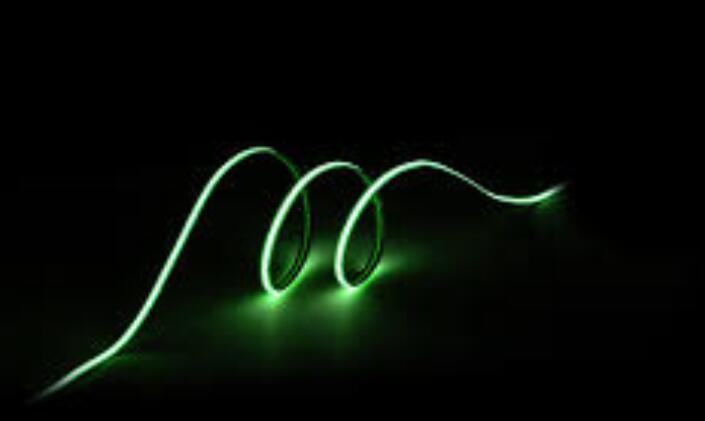LED tape lights and LED strip lights are terms often used interchangeably to describe flexible, linear lighting solutions that use LEDs. However, there are subtle differences and specific contexts in which each term might be more appropriate. Here's a detailed comparison:

LED Tape Light
-
Design and Flexibility:
-
LED tape lights are generally very thin and flexible, resembling a tape.
-
They often have an adhesive backing, making them easy to install on various surfaces without additional mounting hardware.
-
Usage:
-
Ideal for applications where discreet, low-profile lighting is required.
-
Commonly used for accent lighting, under-cabinet lighting, backlighting, and decorative purposes.
-
Power and Light Output:
-
Usually designed for lower power consumption and moderate light output.
-
Available in various colors and color temperatures.
-
Waterproofing:
-
Can be available in waterproof versions (IP65, IP67, IP68 ratings) for outdoor or damp environments.
LED Strip Light
-
Design and Flexibility:
-
LED strip lights can be thicker and may have additional components like a protective casing or heat sinks.
-
Also flexible but might be less so than tape lights due to additional materials.
-
Usage:
-
Suitable for a wider range of applications including higher power and brightness requirements.
-
Commonly used in commercial, industrial, and residential settings for task lighting, ambient lighting, and architectural lighting.
-
Power and Light Output:
-
Typically available in a broader range of power options, from low to high output.
-
Can provide very bright light, suitable for more demanding lighting needs.
-
Waterproofing:
-
Like tape lights, strip lights also come in waterproof versions, making them versatile for indoor and outdoor use.
Key Differences
-
Thickness and Flexibility:
-
Tape Light: Very thin and extremely flexible, easy to install in tight spaces.
-
Strip Light: Can be thicker, with additional protective features that might reduce flexibility slightly.
-
Installation:
-
Tape Light: Usually has a peel-and-stick adhesive backing.
-
Strip Light: Might require mounting clips, channels, or other hardware for installation.
-
Applications:
-
Tape Light: Best for subtle, decorative, and accent lighting where the fixture needs to be hidden.
-
Strip Light: Suitable for both accent and primary lighting, capable of higher light output and used in more demanding applications.
-
Durability and Protection:
-
Tape Light: Typically less robust without additional protection unless specified as waterproof.
-
Strip Light: Can be more durable with features like protective casings and higher IP ratings.
In summary, while both LED tape lights and strip lights serve similar purposes, tape lights are preferred for lightweight, low-profile installations, and strip lights are chosen for higher power and more durable applications.


